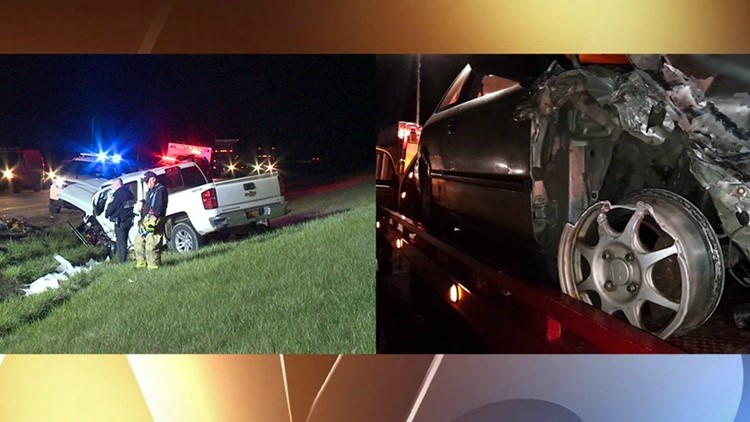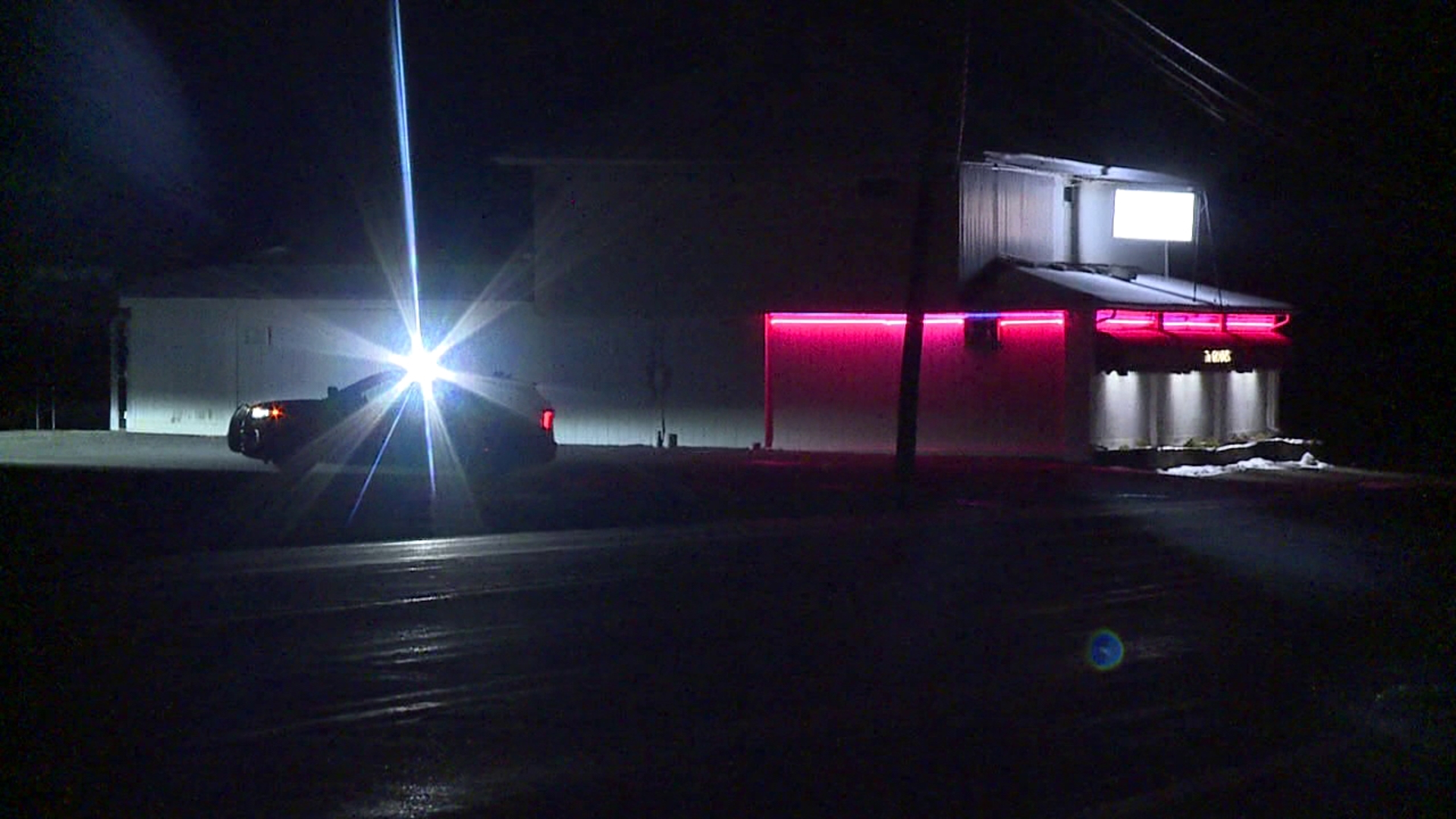SCRANTON -- Two more wrong-way crashes on Interstate 81in our area have once again raised the issue: is the state doing enough to prevent them from happening?
And is Pennsylvania doing enough to notify innocent drivers going the other way?
Coincidentally, these two crashes happened less than a week after a Newswatch 16 report that showed how the state of Rhode Island is one of a few states that now has new technology to detect wrong-way drivers getting on highways.
The two wrong-way crashes on Interstate 81 over the weekend now make at least six of them in our area since October.
Early Saturday morning, state police believe a wrong-way driver got on I-81 at the Blackman Street interchange near Wilkes-Barre and sideswiped a tractor-trailer.
Late Saturday night, a pickup truck going the wrong-way slammed into a minivan near the Harford exit in Susquehanna County. Three people, including the pickup driver, were killed. In this case, witnesses reported seeing this driver turn around on the highway. Police believe both instances involved impaired drivers.
In this story
After the weekend crashes, local law enforcement gathered on Courthouse Square in Scranton trying to get the word out about drunk driving enforcement.
As part of new protocol put in place in February, most of these officers now respond along with state police if there is a report of a wrong-way driver on the interstate.
"I think (you've) got to find out why they are making the wrong entrance in the first place and correct that. I mean, once the guy is already on the highway, it's a little too late," said Throop Police Chief Keith Jones.
Last week, Newswatch 16 showed how Rhode Island now has a wrong-way driving detection system in place.
Since witnesses reported they saw the pickup driver doing a u-turn on the highway near Harford and headed in the wrong direction, obviously, a wrong-way system would not have helped in this situation. But a highway notification system using existing message boards could help in instances like this, alerting drivers traveling in the right direction.
In Pennsylvania, such notifications are not automatic.
"With all of these things as soon as we get that information, we do put it up and I can take you downstairs to our incident comment center and that's where it is put up immediately. But we can only put it up when we're told about it," said PennDOT official James May.
PennDOT points out that in many instances, it is just a matter of minutes between the time a report comes in about a wrong-way driver and when something might go wrong.
"Even an Amber Alert will take five or ten minutes to get it over to us, to get it up, to get the information out there. But when you are dealing with something that is taking literally two or three minutes, it is just the time of getting the information to us, putting it on the message board. We will do that with knowledge of what's taking place, but again it's just getting us the information," said May.
In Rhode Island, the transportation department gets that information instantaneously from automatic wrong-way radar detectors on exit ramps.
Right now, the technology is not in place to instantaneously activate message boards the way it is done in Rhode Island and some other states.
"I would say that they are very much a concern to us and we emphasize that people should drive not distracted and not impaired," said Capt. Chris Paris, Pennsylvania State Police.
From a law enforcement point of view, the way to prevent wrong-way crashes like what we have seen recently is with DUI enforcement.
The majority of wrong-way crashes involve impaired drivers.
Drivers under the influence are suspected of causing the weekend crashes.
Rhode Island's new technology on exit ramps alerts a driver he is going the wrong way. It was paid for with federal safety money that Pennsylvania believes could be better spent in other ways.
Rhode Island has also doubled up on wrong-way and do not enter signs as well as lowering them from seven to four feet so that they are more at eye level of a driver.
We decided to measure the height of the two "do not enter" signs at the bottom of the Moosic Street exit ramp in Scranton, where at least one driver in recent wrong-way crashes is believed to have entered the wrong way. One sign was over seven feet. The other was well over nine feet.
PennDOT says the height of these signs meets state standards.
Many of our viewers have asked: why not put spike strips on exit ramps to stop wrong-way drivers?
Problems with that include liability if the strips lead to a crash. There are also practical issues. The strips can be a hazard to snow plows and emergency vehicles that use the ramps.



